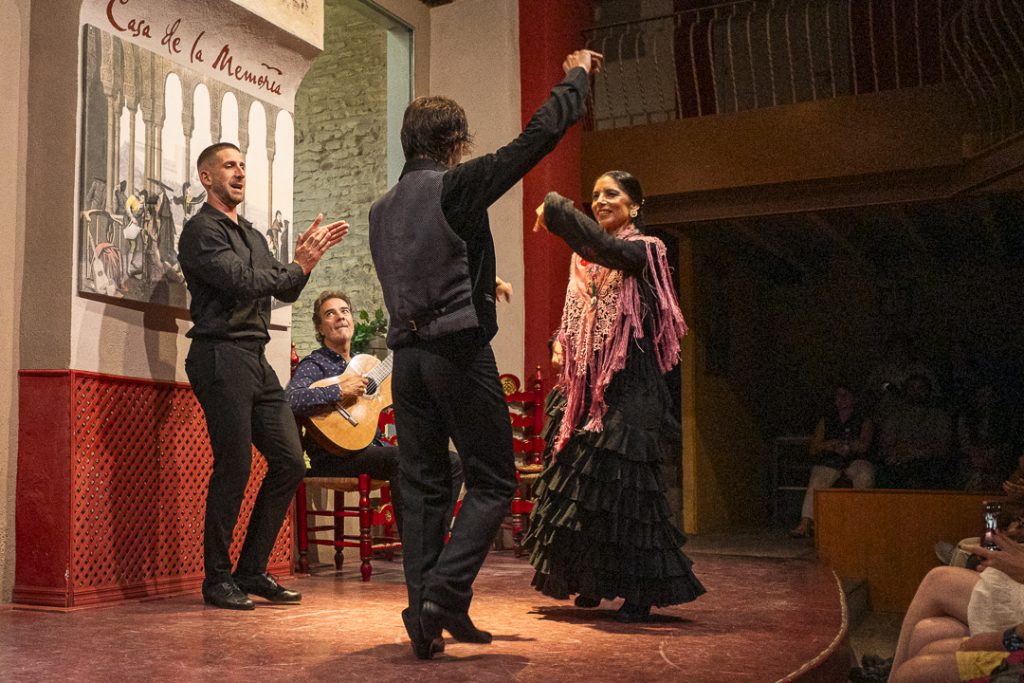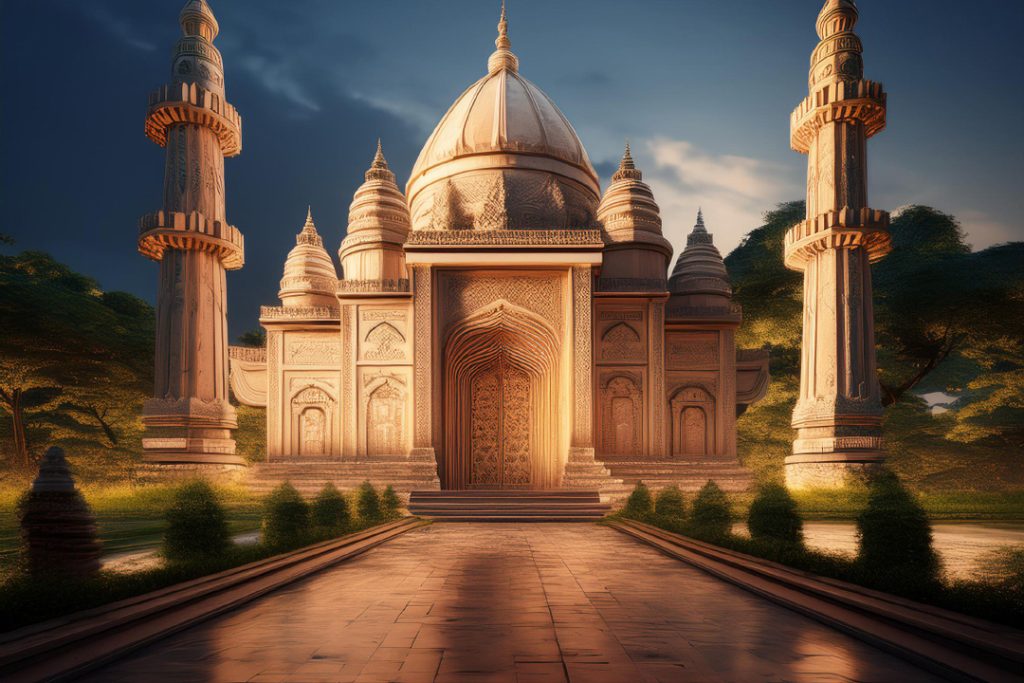Unlocking Cultural Heritage
Why Cultural Heritage Matters
Cultural heritage isn’t just stuff—it’s the heartbeat of every community. It’s what we inherit from those before us, giving us a sense of who we are and where we come from. Think of it like a thread connecting the past, present, and future. It’s full of stories, traditions, and values that have shaped our world. Wanna dig deeper? Check out our full dive on cultural heritage.
What Exactly Is Cultural Heritage?
When we talk about cultural heritage, we’re looking at everything passed down through generations. Tangible heritage? That’s your monuments, ancient buildings, and old-school artifacts. Intangible heritage? That’s the fun stuff like folklore, music, dance, and oral tales.
Grasping what cultural heritage is helps us appreciate the rich tapestry of human history. It’s like a crash course in different cultures, helping everyone get along better and promoting global peace. Keeping this heritage alive means future generations can soak up and learn from this treasure trove, preserving our shared stories and identity.
Oh, and it’s not just about our hearts! Cultural heritage can boost local economies by pulling in tourists, creating jobs, and lifting local businesses. Plus, it makes education way cooler when history isn’t just dates and names, but real stories and experiences.
Check out what UNESCO has to say on this: UNESCO’s take on cultural heritage.
| Type of Cultural Heritage | Examples |
|---|---|
| Tangible | Monuments, Buildings, Artifacts |
| Intangible | Folklore, Music, Traditions |
Knowing what makes up cultural heritage lets us dive into the diverse traditions and histories that make our planet such a fascinating place.
Types of Cultural Heritage
Cultural heritage falls into two big baskets: stuff you can touch and see, and stuff you can’t. Getting a grip on these gives you a better feel for the wide world of cultural heritage.
Tangible Cultural Heritage
Tangible heritage includes anything you can put your hands on, like buildings, art, and ancient sites. These things split into two groups: stuff you can move and stuff you can’t.
Examples of Tangible Heritage:
| Category | Examples |
|---|---|
| Moveable Heritage | Artifacts, paintings, manuscripts |
| Immovable Heritage | Monuments, buildings, archaeological sites |
You’ll find tangible heritage in places like museums, galleries, and historical sites. Keeping these physical pieces in good shape helps us stay connected to the past. Curious about how we protect these treasures? Check out our article on UNESCO cultural heritage sites.
Intangible Cultural Heritage
Intangible heritage is all the cultural goodies you can’t hold in your hand. Think knowledge, traditions, and rituals that live in people’s minds and actions. This includes stories, festivals, and art forms like music and dance.
Examples of Intangible Heritage:
| Category | Examples |
|---|---|
| Oral Traditions | Folklore, myths, legends |
| Social Practices | Festivals, rituals, ceremonies |
| Performing Arts | Music, dance, theater |
| Traditional Skills | Craftsmanship, culinary arts |
Intangible heritage is the heartbeat of community identity and keeping it alive is key to preserving cultural diversity. Wanna go deeper into why cultural heritage matters? Swing by our article on the significance of cultural heritage.

Whether you can touch it or you only feel it in your heart, cultural heritage helps shape who we are and keeps our communities connected to their roots.
What is Cultural Heritage?
Ever wonder what makes something valuable over generations? Knowing what cultural heritage is helps us see its worth. Different organizations and nations have their own spin on what counts as cultural heritage. They’ve got their reasons, rooted in their unique histories and ways of life.
UNESCO’s Take
UNESCO, your go-to folks for education, science, and culture, have a global gold standard for cultural heritage. For them, it’s got two main parts: the stuff you can touch and stuff you can’t. Tangible heritage includes physical objects like buildings and artifacts, while intangible heritage covers traditions, languages, and customs.
| Type of Cultural Heritage | Examples |
|---|---|
| Tangible | Monuments, artifacts, places |
| Intangible | Customs, languages, performances |
UNESCO’s list of cultural heritage sites worldwide is like their hall of fame. Protecting these sites is crucial because they define collective cultural identities.
How Countries See It
Countries view cultural heritage through their own lenses. Their definitions reflect their distinct histories and values. Here’s a quick look:
| Country | What They Focus On |
|---|---|
| USA | Historic buildings, landmarks, notable spots |
| Japan | Traditional crafts, performing arts, folk traditions |
| France | Buildings and arts |
These unique takes shape their policies and methods for keeping their heritage alive. They decide what’s truly worth saving and celebrating in their culture. Curious about more details? Check our section on why cultural heritage matters.

Understanding these definitions is like opening a time capsule. It deepens our link to the past and keeps the flame burning for our descendants. So next time you see an old building or hear an ancient song, you’ll know there’s a lot more to appreciate.
Keeping Our Culture Alive
Keeping our culture alive isn’t just about memories; it’s about making sure our history and identity stay vivid for future generations. Every piece of our heritage tells a story, and every effort to preserve it means those stories never fade away.
What We Do to Preserve Culture
Protecting our cultural heritage involves a bunch of activities, from fixing up old buildings to recording traditional dances and songs. This work is a team effort, with lots of different groups pitching in, including governments, local communities, and global organizations.
Cool Things We Do to Save Culture:
- Fixing Old Stuff: Think about restoring ancient ruins or patching up old buildings. Places like the sites listed in our article on UNESCO cultural heritage sites are great examples.
- Writing It Down: Documenting stories, legends, and traditional crafts to make sure they don’t get lost.
- Spreading the Word: Running campaigns to make people care about cultural heritage, as we detailed in our post on the importance of cultural heritage.
- Making New Rules: Setting up laws to protect these cultural treasures and traditions.
Quick Look: Conservation Examples
| What We Do | What It Means |
|---|---|
| Fixing Old Stuff | Restoring and maintaining historical monuments and artifacts |
| Writing It Down | Recording and archiving oral histories and cultural practices |
| Spreading the Word | Educating the public about the importance of cultural heritage |
| Making New Rules | Implementing laws and regulations to protect cultural sites and traditions |
The Tough Bits
Saving cultural heritage isn’t always a walk in the park. We run into all sorts of roadblocks like bad weather, political issues, or even running out of money.
Common Hurdles:
- Nature’s Wrath: Hurricanes, earthquakes, or just plain pollution can wreck cultural sites.
- Political Messes: Wars and political shake-ups can stop preservation in its tracks or even demolish sites.
- Money Problems: Sometimes, there’s just not enough cash to go around for all the projects that need doing.
- Tech Gaps: Without the latest tech, restoring or documenting heritage can be a real challenge.
- Local Shrug-Offs: If the community doesn’t care, it’s tough to keep the effort going.
Quick Look: Preservation Challenges
| What Stands in the Way | Examples |
|---|---|
| Nature’s Wrath | Natural disasters, climate change, pollution |
| Political Messes | Wars, conflicts, government changes |
| Money Problems | Limited funding |
| Tech Gaps | Lack of access to advanced restoration technology |
| Local Shrug-Offs | Insufficient local community support for preservation |
To win this fight, we need to understand what we’re up against and rally together. With smart strategies and a lot of community energy, we can make sure our cultural legacy lives to tell the tale for countless tomorrows.
Why Keeping Culture Alive Matters
Preserving our cultural heritage isn’t just about looking back; it’s about giving people something valuable right now and for the future. By holding onto these important bits of history, we make sure our unique ways of life, knowledge, and stories don’t fade away.
Why It’s Great for Learning
Saving cultural heritage is like opening a huge, colorful book about our past. It’s not just about dusty old stories; it’s about sparking curiosity and understanding. When students learn about different cultures, they grow more tolerant and aware, making the world a better place.
Imagine a history lesson that’s more than just reading from a book. Schools and universities use actual heritage sites and artifacts to make learning exciting and real. This kind of hands-on approach makes education stick. Plus, keeping old languages and stories alive means we don’t lose those precious skills and tales.
| Learning Perks | What’s the Big Deal? |
|---|---|
| Seeing History Up Close | Old events make sense when you can actually see or touch artifacts |
| Cultural Curiosity | Discovering other cultures teaches us respect and understanding |
| Real-Life Learning | Studying real objects makes education unforgettable |
| Language Lifesavers | Keeps endangered languages and oral histories alive |
Want more details on why this is important for learning? Head over to Why Culture Education Rocks.
How It Boosts the Economy
Treasure your culture, and you’ll treasure your pockets too. Cultural heritage isn’t just about the past; it’s the present and future moneymaker. When people visit heritage sites, they don’t just look at old buildings; they spend money on hotels, food, and local crafts, fueling the economy.
Not just tourists, the jobs created to preserve our heritage—from museum curators to tour guides—provide steady work for many. And those old, restored buildings? They often lead to more business in the area, lifting local economies and property values.
| Money Benefits | Summary |
|---|---|
| Tourist Cash Flow | Visitors mean more income for local shops and services |
| Jobs Galore | Creates various jobs in museums, tourism, and beyond |
| Business Booms | More businesses pop up, energizing the local economy |
| Property Perks | Restored areas see a boost in property prices |
Want to know more about how culture and money mix? Check out UNESCO Sites and Economy.
Keeping culture alive isn’t just about being sentimental. It’s about improving education and boosting economies, making it a win for everyone now and in the future.
The Future of Cultural Heritage
The Tech Team
Technology’s reshaping how we keep and share our cultural treasures. Tools like digital archives, 3D scanning, and virtual reality have stepped up to the plate, helping us preserve stuff that time would otherwise gobble up. Imagine having a super-detailed digital backup of an ancient artifact or a historical building—these gadgets make it a reality.
Take 3D scanning, for instance. Like a magic wand, it creates exact digital copies without touching or damaging the originals. Then, you’ve got virtual reality, creating jaw-dropping immersive tours of ancient worlds. Want to stroll through the Colosseum or explore the pyramids? No plane ticket needed! These tech wonders pull you right in, making history come alive.
| What’s the Tech? | How It’s Used |
|---|---|
| Digital Archiving | Safekeeping cultural info and docs |
| 3D Scanning | Making digital doppelgängers of artifacts |
| Virtual Reality | Virtual tours of historical sites |
| GIS (Geographic Info Systems) | Mapping and studying cultural locations |
Why We Care About Cultural Heritage
Cultural heritage is the spine of our societies, gluing yesterday with today. Keeping these bits of history around is like handing down family stories—it’s how future generations learn where they come from and what’s been valued across time.
But it’s not just about the past. There’s an educational kick too; schools use it to teach kids about different cultures and histories, enriching their learning and diversifying their perspectives. Don’t forget the moolah—heritage tourism is a gold mine, drawing in visitors and boosting local economies.
| What’s the Point? | Why It’s Good |
|---|---|
| Educational | Teaches kids about our global past |
| Economic | Brings in cash through tourists |
| Social | Binds communities with shared pride and identity |
Cultural heritage isn’t just a dusty relic in a museum. It’s a vibrant connection that binds communities, countries, and hearts. It’s a tactile reminder of shared histories and the values passed down. Understanding its role helps build a society that’s both inclusive and deeply rooted in its past.
To dig deeper, check out UNESCO’s take on cultural heritage or learn more about why protecting cultural heritage matters. Keep this essence alive—it’s the key to nurturing a rich and connected world.
Here some recommended links selected for you: The Best Books of the Month, Todays best Deals at Amazon, Best Sellers in Cell Phones & Accessories and last but not least the easy and great way to send a gift for the holidays: Amazon.com eGift Card (Instant Email or Text Delivery).




